
This page is best viewed in landscape

With the advent of new electric ways of lighting glass, it became possible to produce decorative panels using etched and sand blasted techniques on tinted backgrounds. A critic praised his work saying “his clear and strong lines give the illuminations the sensuous quality of music and this art is very attractive.”

Ralph used new techniques to great effect in the exhibition he held in the MacLellan Galleries in 1936.
In this exhibition he illustrated the versatility of etched, embossed and leaded glass in both domestic and commercial settings. 46 works were featured .
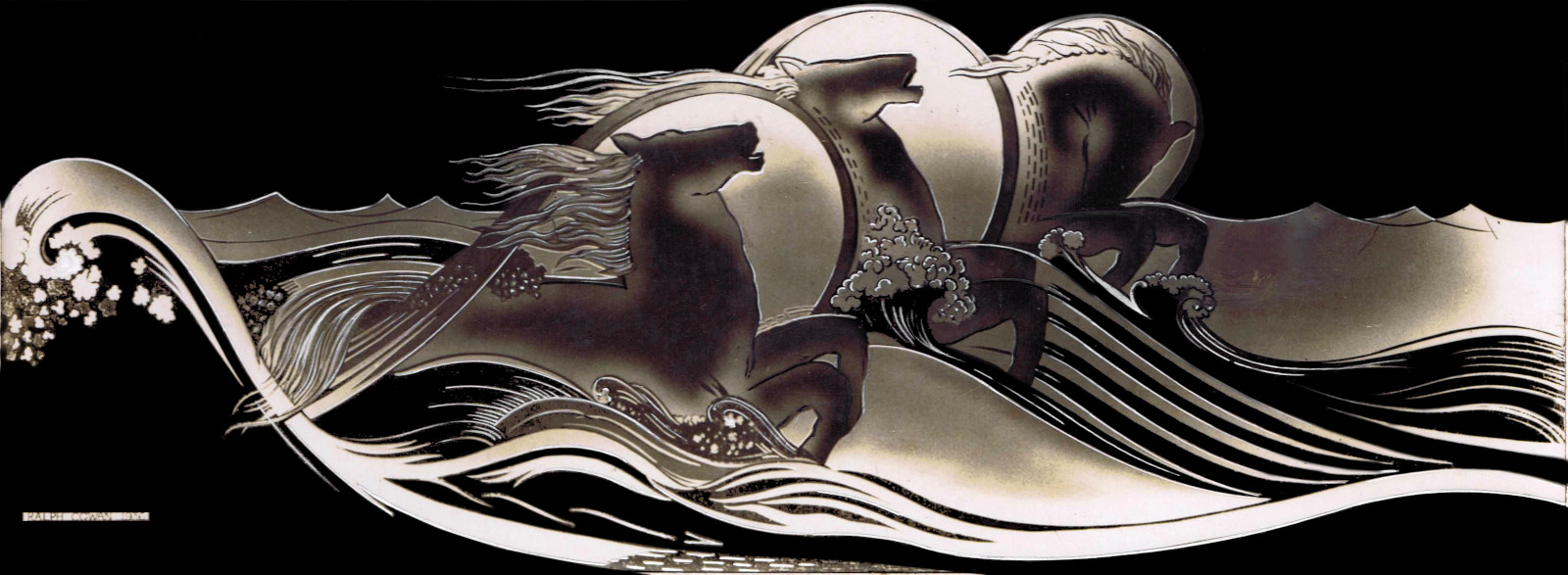
“Wild Horses” an Illuminated Decorative Panel (McLellan Galleries Exhibition 1936)
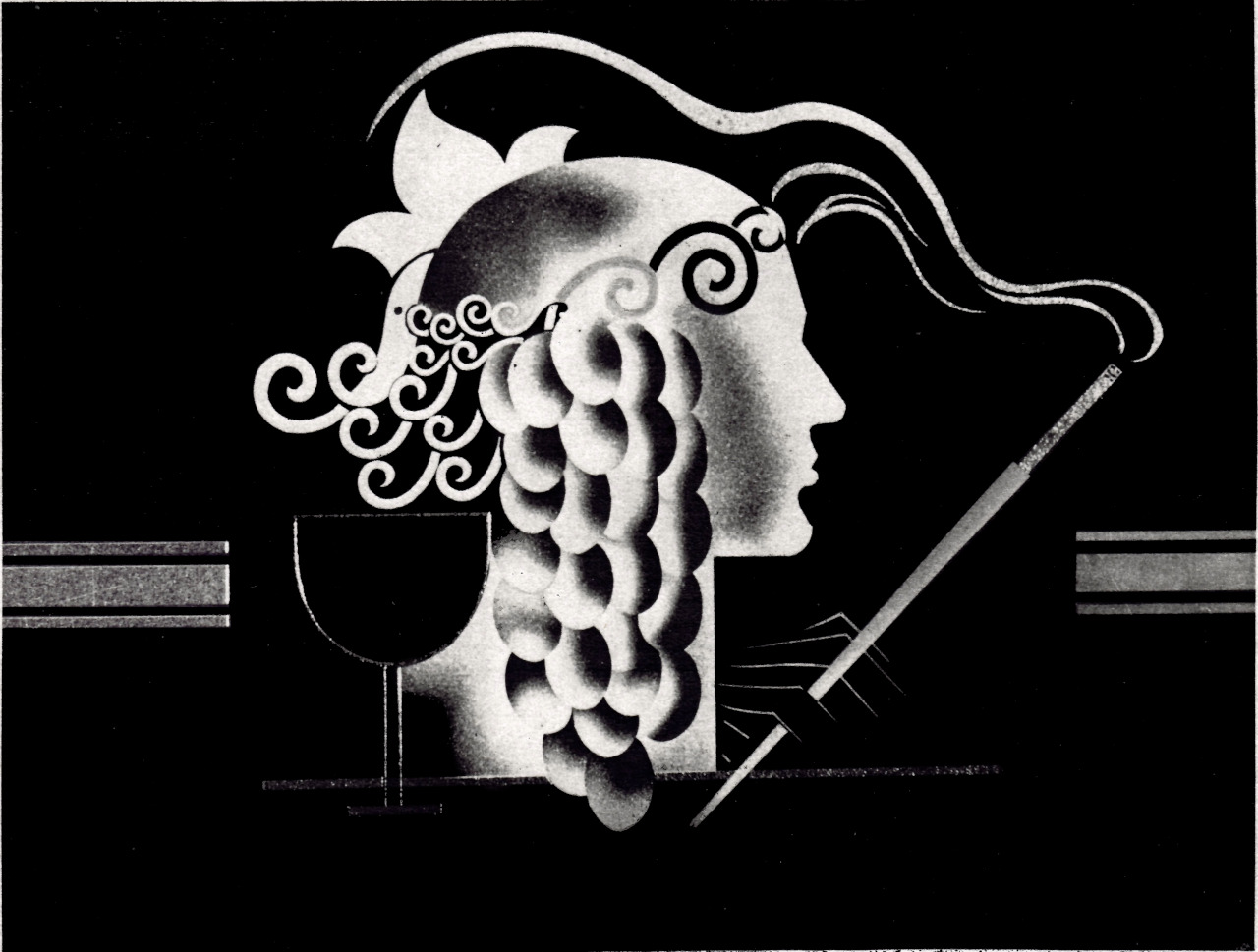
Bacchante (McLellan Gallery exhibition 1936)

Yacht (McLellan Gallery exhibition 1936)
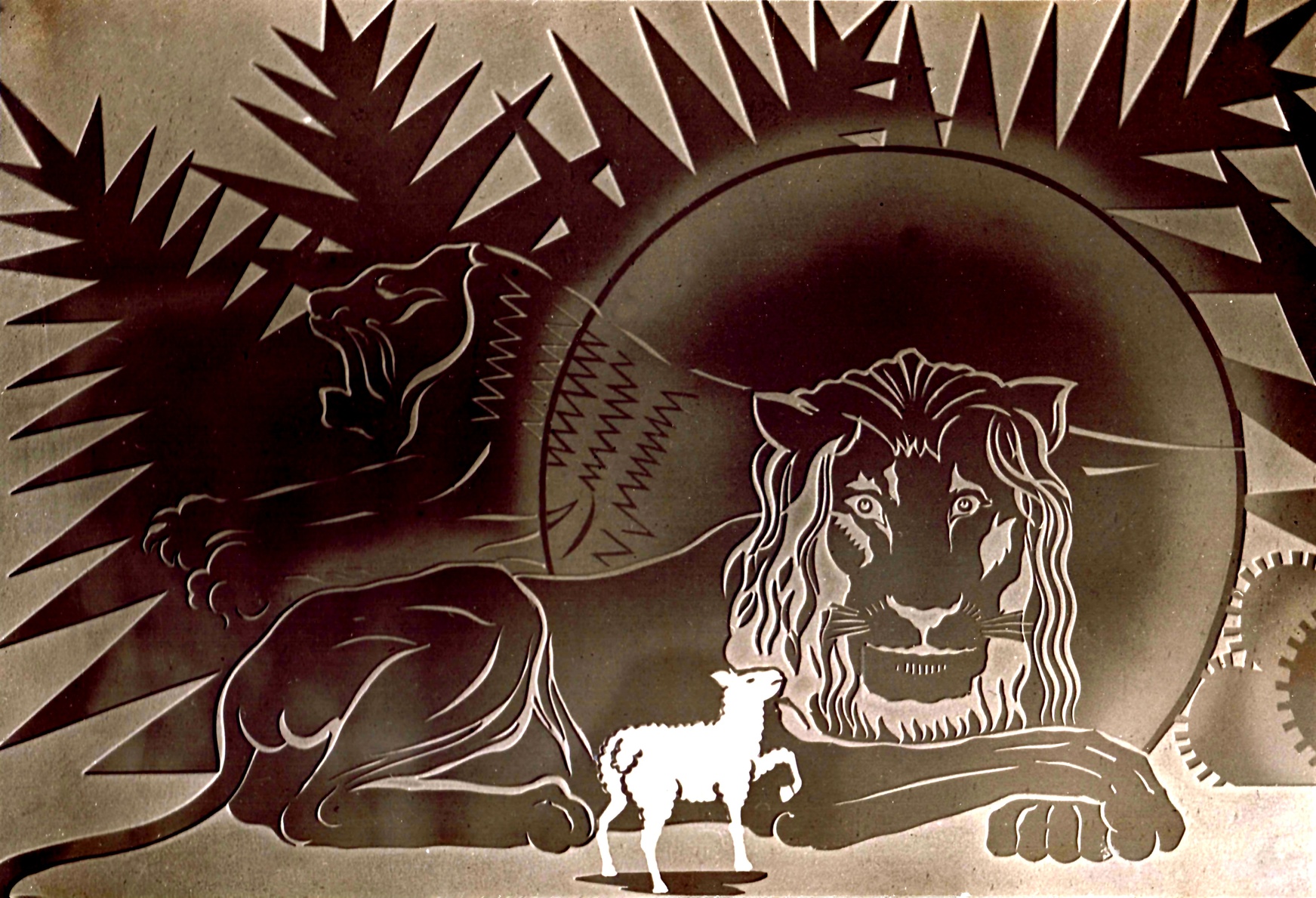
The Lion and the Lamb (McLellan Gallery exhibition 1936)

A major commission was for the Piccadilly Club of Sauchiehall Street in 1937.
The designs were in the ballroom and used acid etching on polished plate glass.

Eros (Piccadilly Club 1937)

Dancers: Piccadilly Club 1937
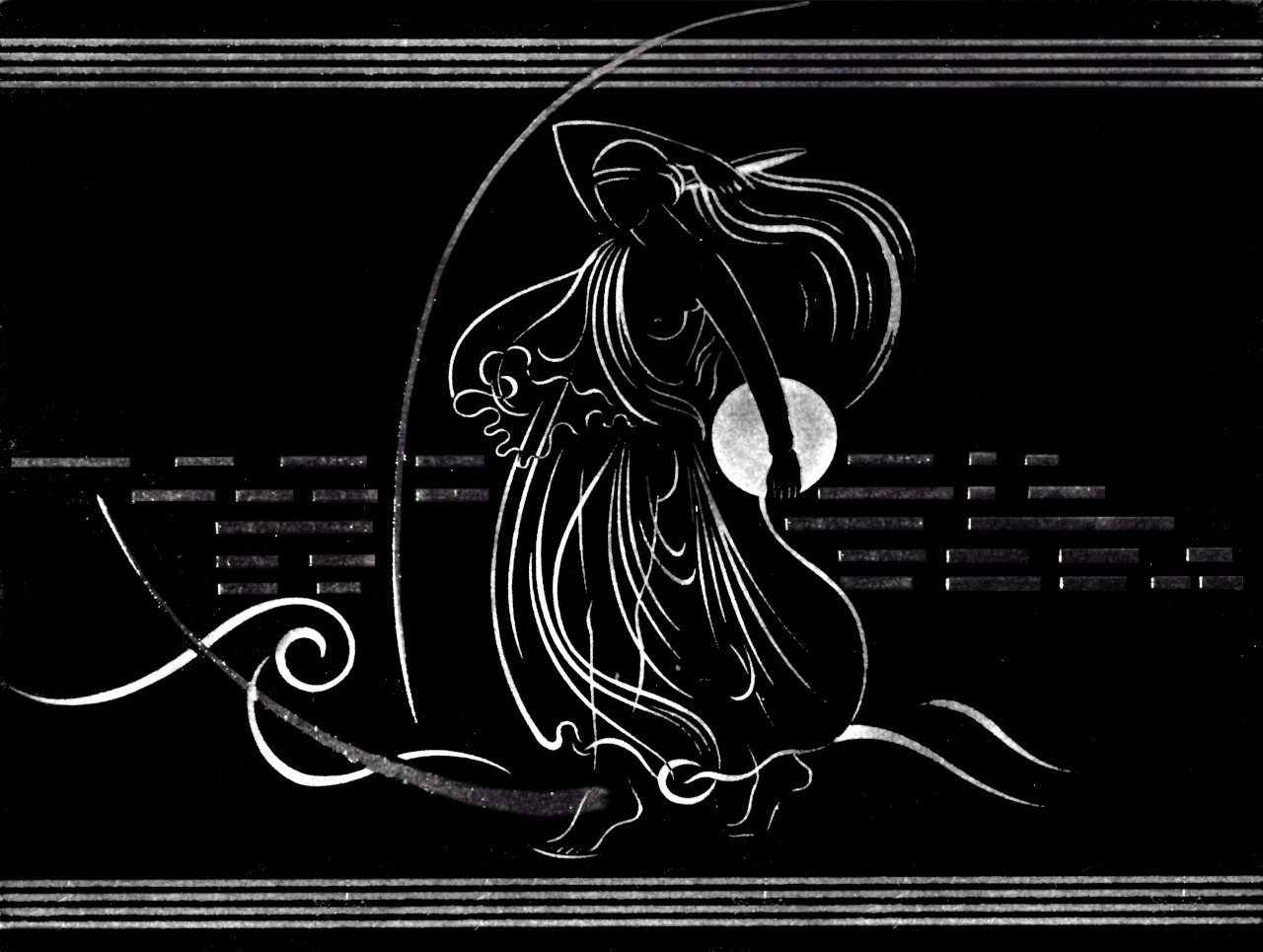
Greek Goddess (Piccadilly Club 1937)
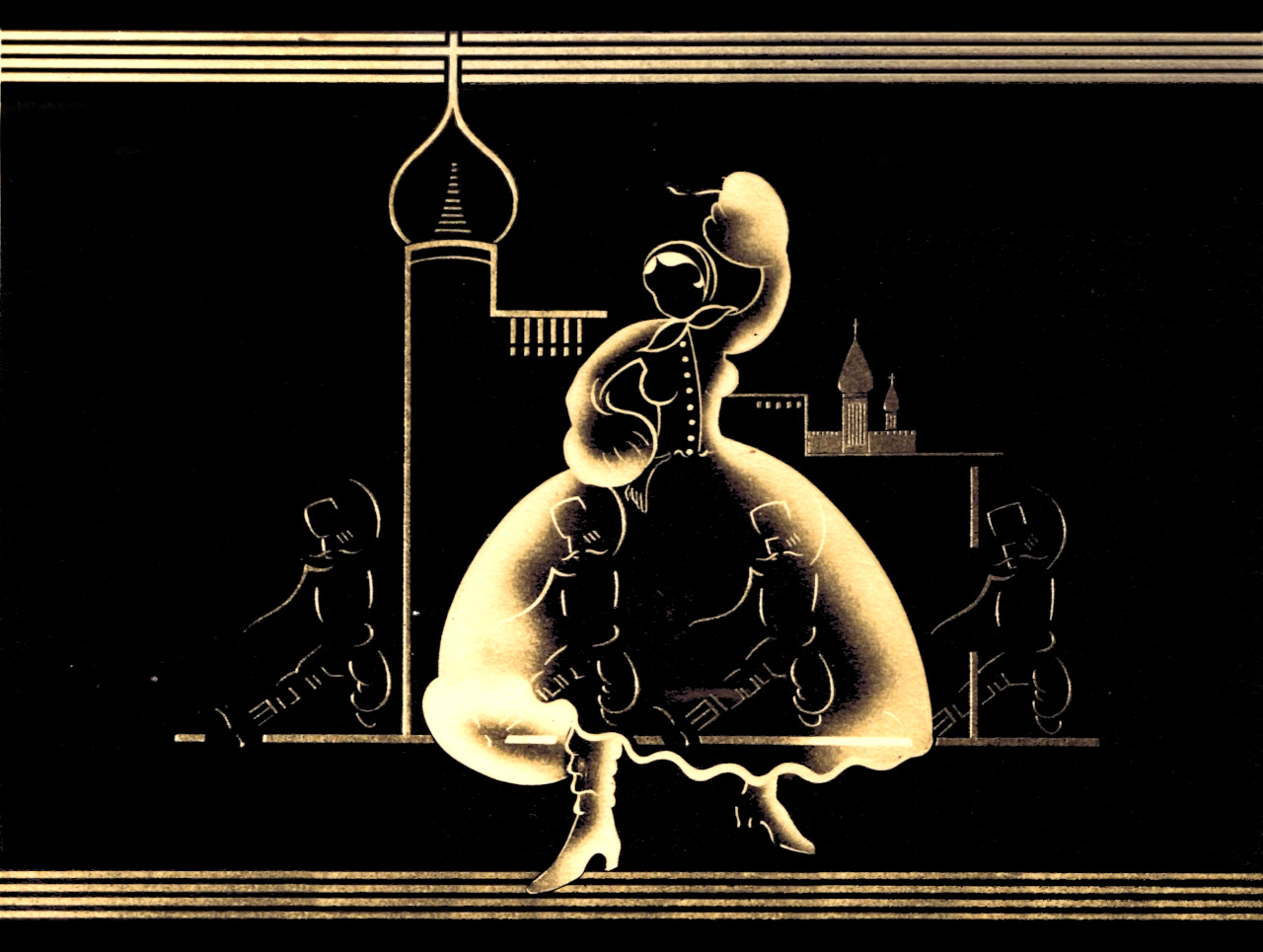
Russian Dancer (Piccadilly Club 1937)
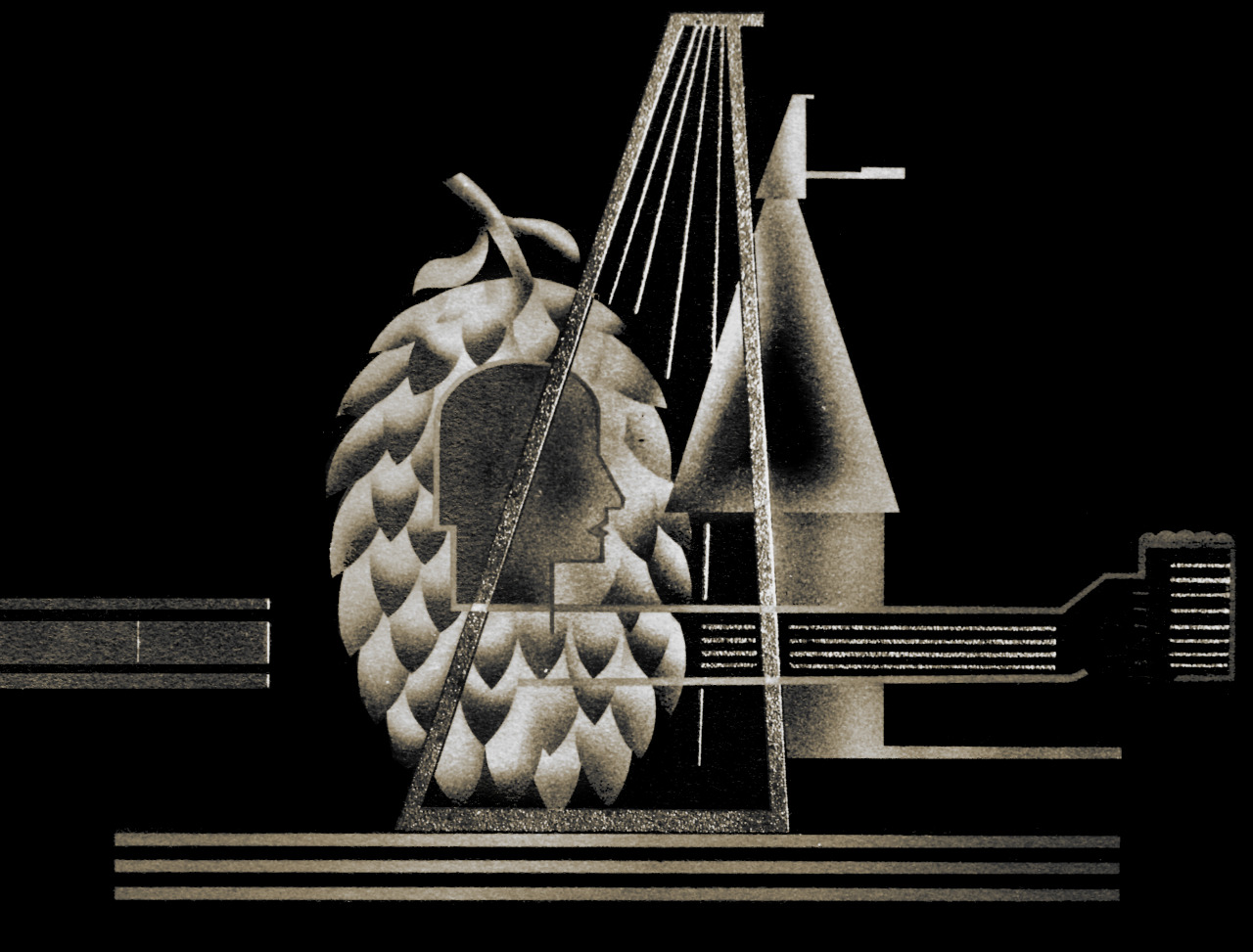
Ralph designed decorative glass for other types of public buildings including public houses and shops. He also produced a major work for the Basil Spence pavilion in the 1938 Empire Exhibition in Glasgow.
Cairns Pub Miller Street 1938

Cairns Pub Miller Street 1938
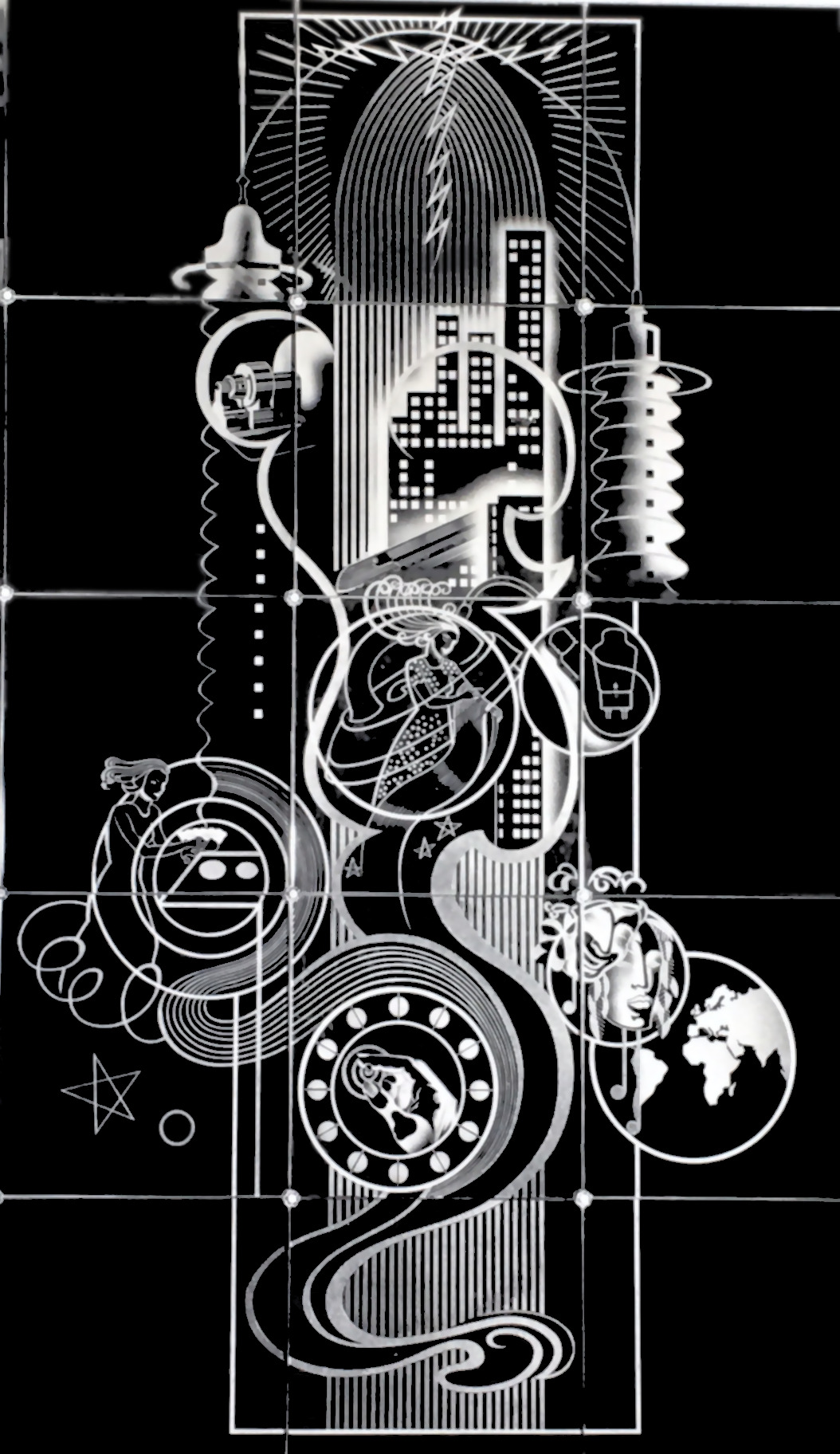

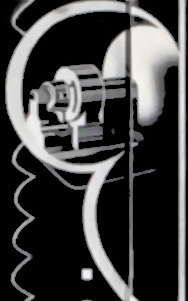
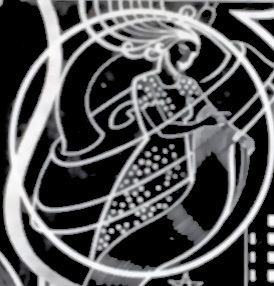
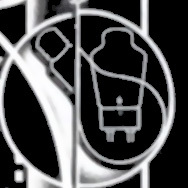
This etched panel appeared in the window of an electrical showroom and depicts electricity powering the modern world.
Radio, sky scrapers, electric light and telephone. Also, the generator and electricity in the home – cooking and ironing.
A detail on the bottom far right shows the valve the forerunner of the transistor.


Diana the huntress
These panels decorated each side of an entrance to the ladies dress department of MacDonald’s department store, Buchanan Street Glasgow.
The figures were approximately 6 feet high.
Eve
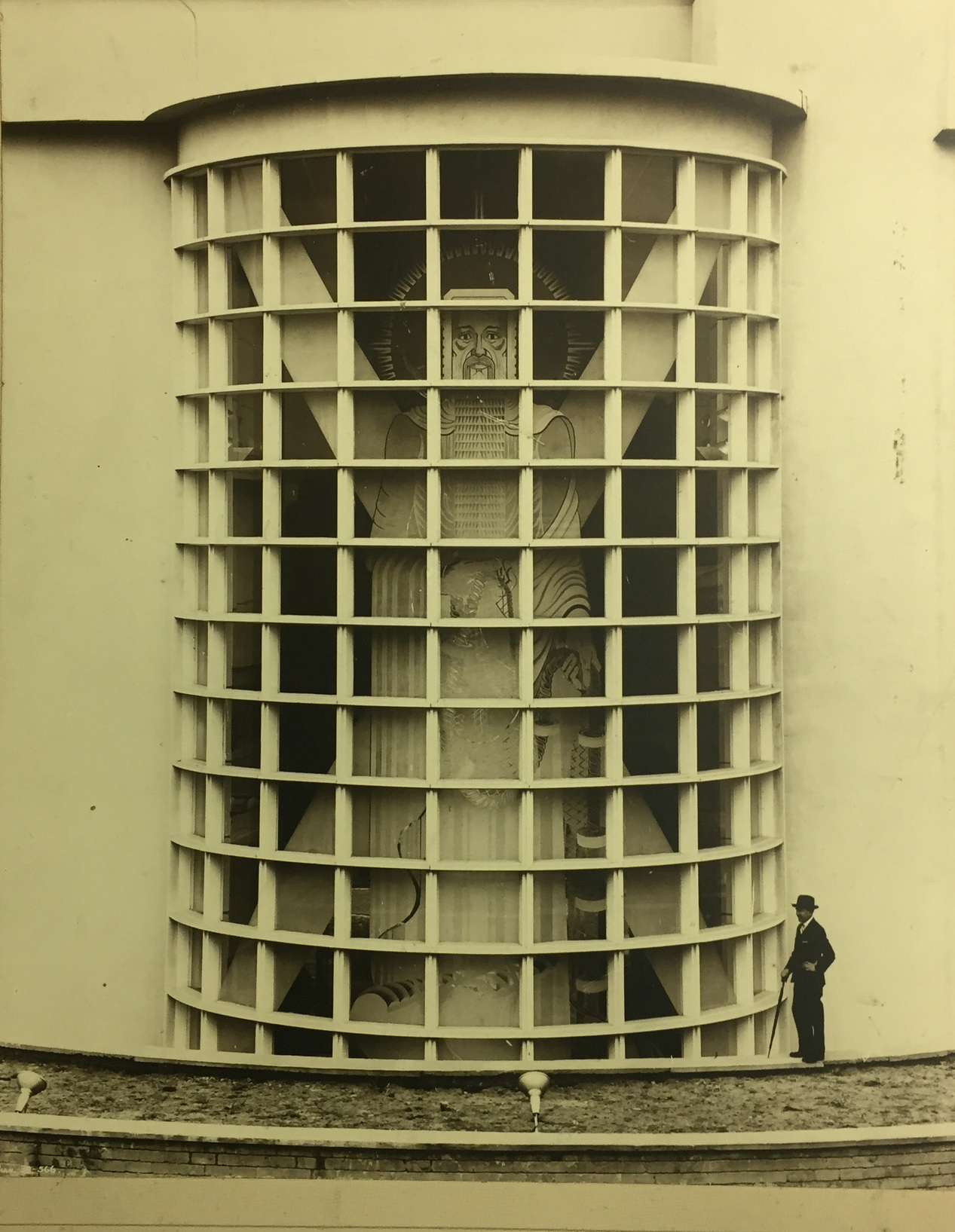
This 46-foot window was in the entrance hall to the South Pavilion of the 1938 Glasgow Empire Exhibition at Bellahouston Park. It depicts the traditional St Andrew as an old man.
Originally there was no male figure in this photograph. When Ralph was shown it, he remarked: “This is no use to me - there is no scale!”. The photographer Mr Annan, a well-known Glasgow photographer at the time, obliged – he offered himself up, complete with bowler hat and umbrella, to provide the scale.